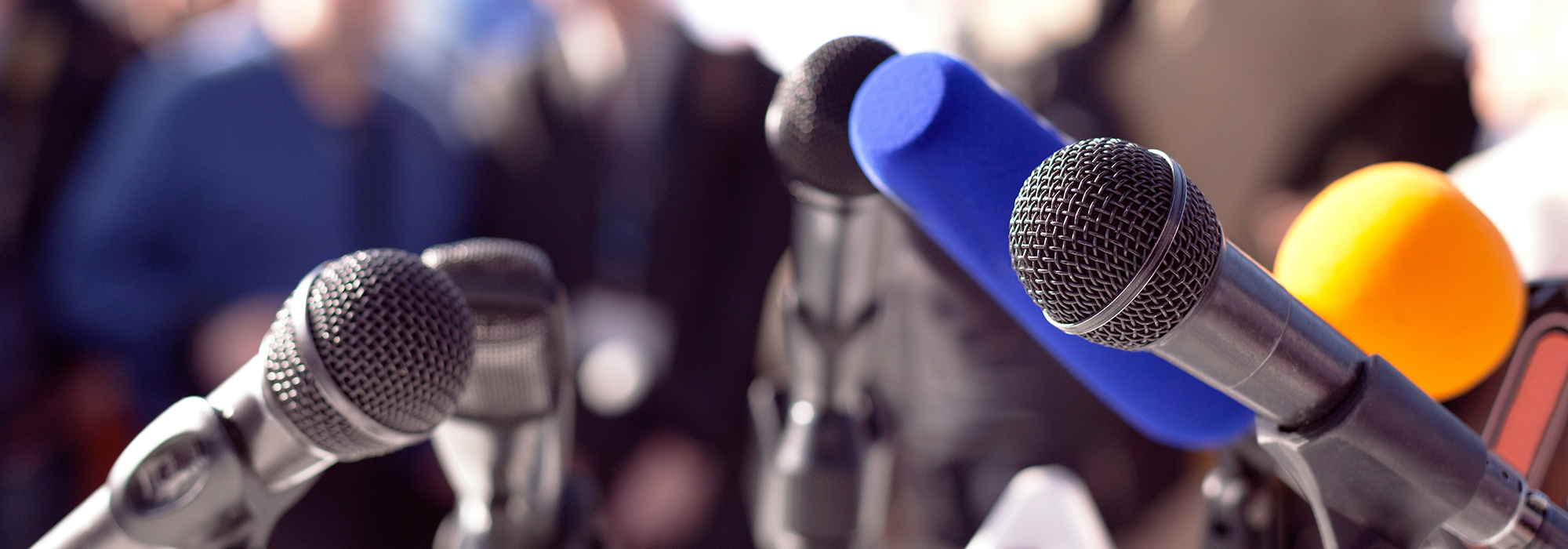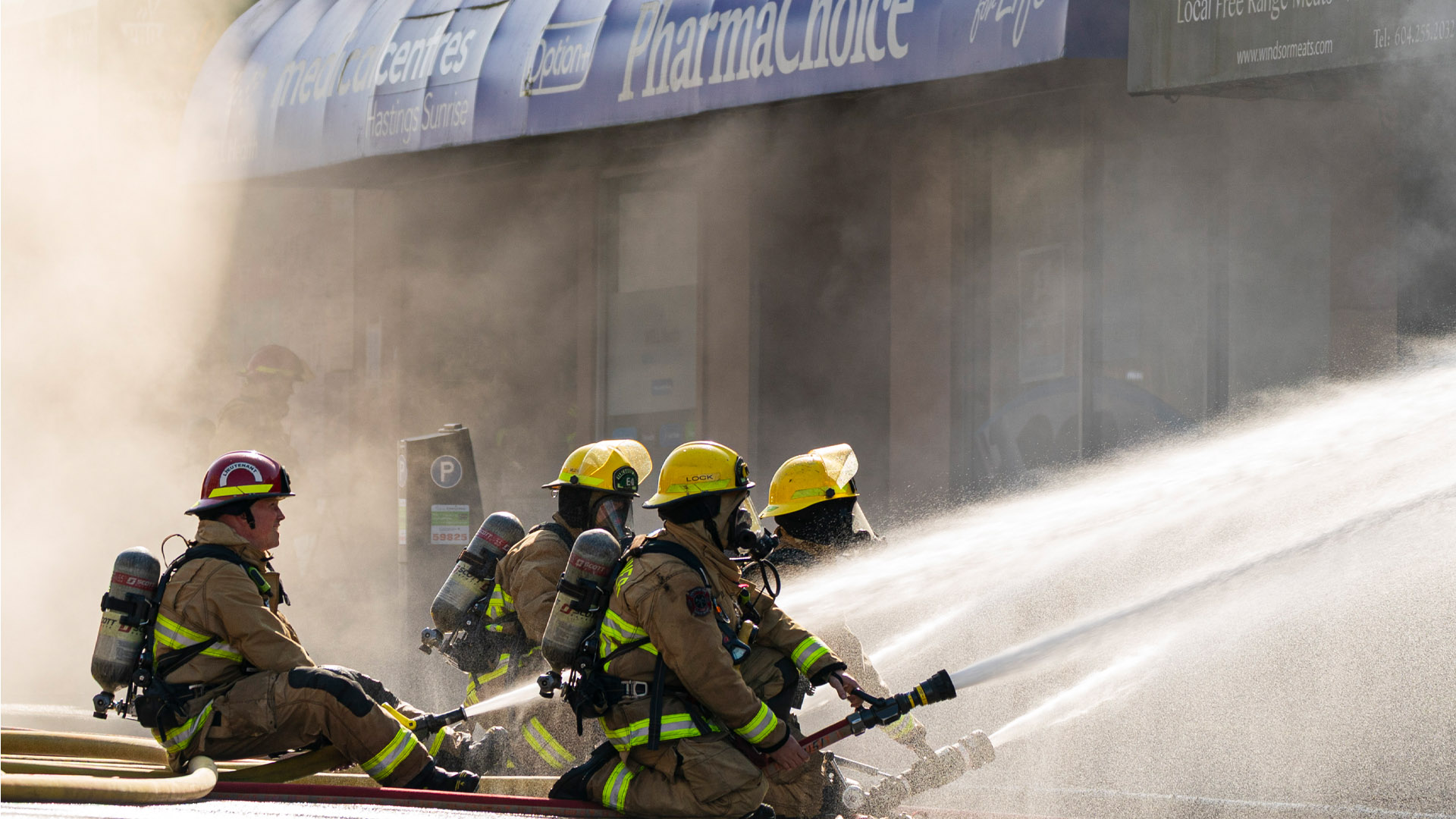
Even the name — “press gallery” — is an anachronism. It’s been over half a century since print reporters gave up their dominance as a source of news, first to television and then to the Web. But even in its broadest sense, including all reporters from media organizations who cover developments on Parliament Hill, Ottawa’s Parliamentary Press Gallery has a slightly past-the-sell-by-date feel to it. The “regional” newspapers have stopped sending correspondents to cover politics, the chains have reduced their coverage, and even the TV networks are making cuts. To top it off, the members of the Press Gallery can’t get the Prime Minister to pay attention to them.
So the public forum convened by the Canadian Journalism Foundation (CJF) in Ottawa on April 9 should have been a moment for sober thinking. “Does the Press Gallery matter?” was the good question posed by the CJF to a panel consisting of three gallery members and Cabinet Minster Jason Kenney. Sadly, however, the session turned into just another long-winded complaint about the media’s lack of access to the Harper government.
Their frustration, by now a reflex reaction, is understandable. But the threat to the gallery is bigger than Harper’s stiff-arm. Whether open access to politicians gave us better journalism or just better spin is debatable, and Kenney spent the night easily swatting away familiar anecdotes about his government’s tight lips.
But it was Kenney who pointed out that the bigger question is not the fate of the Press Gallery as an institution, but the future of political journalism. The digital atomization of media is upending the old models: in amount of political coverage, a Web-based news organization like Politico can now exponentially outdo the Washington Post with just a fraction of the revenues. Who will pay for reporting if failing news organizations cannot? Does the future belong to individual journalists operating as their own brands? Will digital media, often openly partisan or favouring advocacy, suck us into silos of political tribes? And what do these upheavals mean for democracy?
The Press Gallery’s woes are the casualty of bigger forces. The Harper government is exploiting the atomization of the media to push its own message. If Harper thought the Press Gallery really mattered, he would talk to it. The real question for the Press Gallery is whether it has a role in this new media landscape. We’re just now seeing the beginning of the changes.
Photo: Shutterstock







